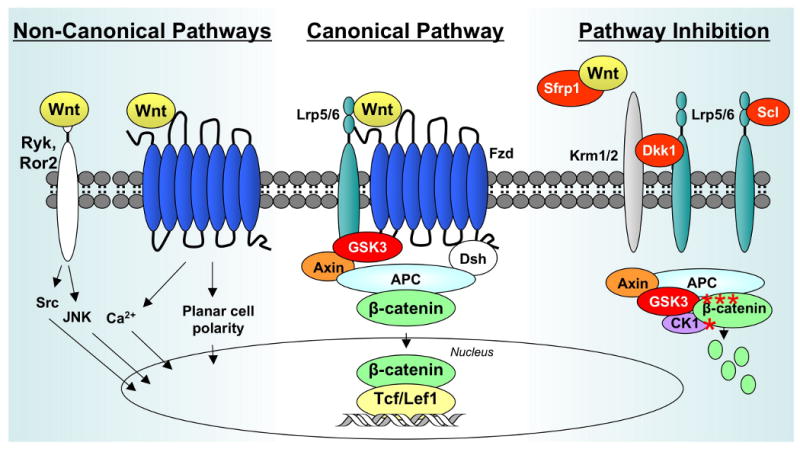Figure 1. Wnts initiate multiple signaling pathways.

The “canonical pathway” (center) is stimulated when Wnts bind to Fzd receptors and Lrp5/6 co-receptors. A cytoplasmic complex composed of GSK3β, Axin, and APC is inhibited, allowing cytoplasmic levels of β-catenin levels to rise. Some β-catenin translocates to the nucleus where it associates with Tcf/Lef transcription factors to regulate gene expression. During non-canonical Wnt signaling (left), Wnts bind to a Fzd receptor, Ryk or Ror2, and activate downstream signaling events that do not involve GSK3β or β-catenin. Wnt signaling pathways are inhibited by several mechanisms (right). Secreted frizzled-related proteins (Sfrps) antagonize canonical Wnt signaling by binding the ligands and preventing their association with Fzd receptors. Dkk1 suppresses Wnt signaling by forming a ternary complex with Lrp5/6 and Krm1/2. Sclerostin (Scl) also binds to Lrp5/6, but not Krm1/2, to antagonize canonical Wnt signaling. In the absence of Wnt/Lrp signaling, GSK3β phosphorylates (asterisks) β-catenin, which marks it for ubiquitination and proteosomal degradation.
